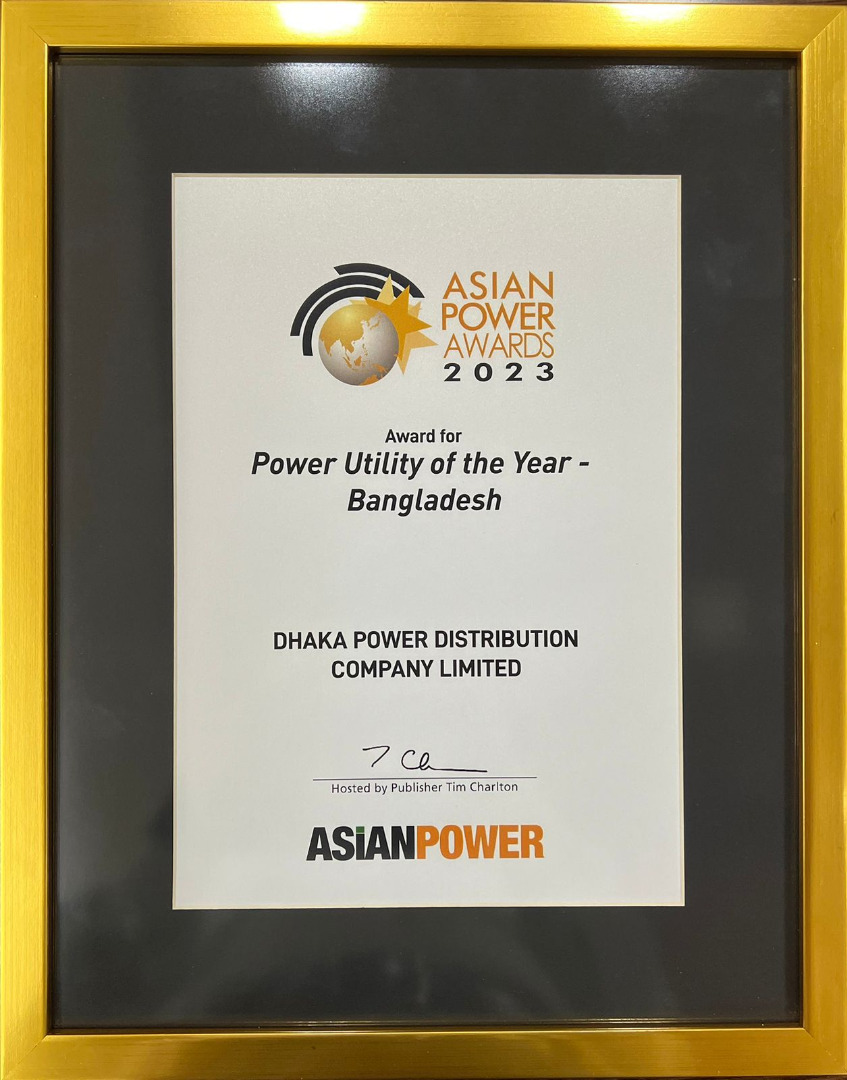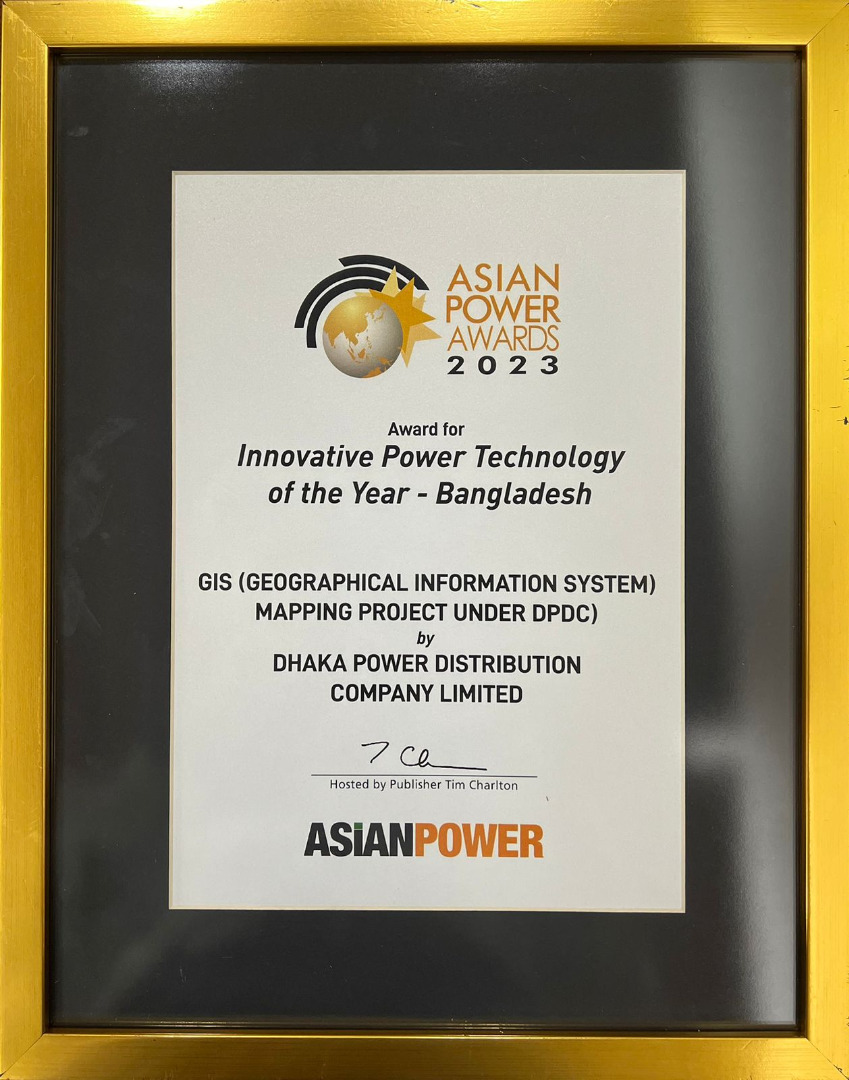About Smart Grid
What is smart Grid?
A Smart Grid has been defined as (a network of) self-sufficient systems enabling the integration of power generation sources of any type and/or scale to the electrical grid that reduces the workforce and aims to offer safe, reliable, high-quality, and sustainable electricity to consumers and organizations alike. Some characteristics of a Smart Grid compared to traditional electric grid approaches on the level of electricity production, the electricity market, transmission, distribution, and the electricity consumer. “This is achieved by integrating information, telecommunication, and power technologies with the existing electricity system. It introduces a two-way dialogue where electricity and information can be exchanged between a utility and its customers. It’s a developing network of communications, controls, computers, automation, and new technologies and tools working together to make the grid more efficient, more reliable, more secure, and greener”.

Future Scope in Smart Grid
ABSTRACT: The smart grid mission increases the involvement of customer in the power supplying system. The opportunity of service contributor has been limited in the power transmission and distribution systems across the world. However the wish to improve the service quality of the power delivery, system has led to incorporation of new features in the system. Smart grid is consider as the next generation power grid, which supply bi-directional flow of electricity and information, with better power grid reliability, security, and efficiency of electrical system from generation to transmission and to distribution. As smart grid continues to develop, realization of a reliable and stable system is necessary. This paper reviews on the future scope in smart grid and failure in protection mechanism. Keywords: smart grid, ANN, power system, wireless communication Smart Grid Structure A smart grid structure is shown below. It consists of four subsections which are generation, transmission, distribution and control network. Each network interconnected from various locations, information exchange and communicates through smart communication subsystem such as an access point with wired or wireless communication infrastructure. smart information subsystem such as a smart meter, sensor and phasor measurement unit (PMU) gives Rough information on the network. The control network such as the electric utility control center performed Real time network monitoring, management and control. When dispersed generation (DG) (renewable energy resources) is embedded a distribution network can be an individual, that allowing electricity supply from both DG and utility. The smart grid is a network of computers and power support that examine power system parameters and control energy usage. In the present scenario higher reliability is expected with dramatically different and challenging design criteria. Consumers are more responsive to outages, low voltage and harmonic issues. A smart meter is the intelligent electronic device at each consumer end. Each smart meter contains a processor, nonvolatile storage and communication facilities.
Smart Grid in Bangladesh
Distribution system gives a greater idea about the power distribution of Bangladesh which has been designed by the Power Grid Company of Bangladesh Ltd. (PGCB). Fig. Below, existing under construction and planned (up to 2025) grid connection and distribution of power generation in Bangladesh http://pgcb.gov.bd/site/download/b4b1a913-4d31-4a0b[1]89bb-f346a0ca98dd Bangladesh has been promoted as a developing country in 2018 (Developing Bangladesh: A new identity.) https://www.dhakatribune.com/bangladesh/development/ 2018/03/10/developing-bangladesh-new-identity and preparing to achieve the next status of development. Bangladesh also aims to achieve the Sustainable Development Goals (SDG) set by the United Nations (UN) (Griggs et al., 2013) within the proposed time frame. According to the Power System Master Plan 2016, annually 7.4% of economic growth has been achieved from 2016 to 2020 (Masterplan 2016). https://powerdivision.gov.bd/site/page/f68eb32d-cc0b[1]483e-b047-13eb81da6820 With this economic growth, the demand for electricity particularly in the industry field has increased sharply. To meet this rapidly increasing demand for primary energy, Bangladesh needs to change its existing grid system simultaneously. Furthermore, the present design and infrastructure are not capable of handling such a huge power demand.
- Outage Management Improvement (OMS)
- Substation Automation (SA)
- Telecommunication Network to Support SG
- Technology to support inclusion of DG and EV Charging
- Cyber Security for the SG Network





















